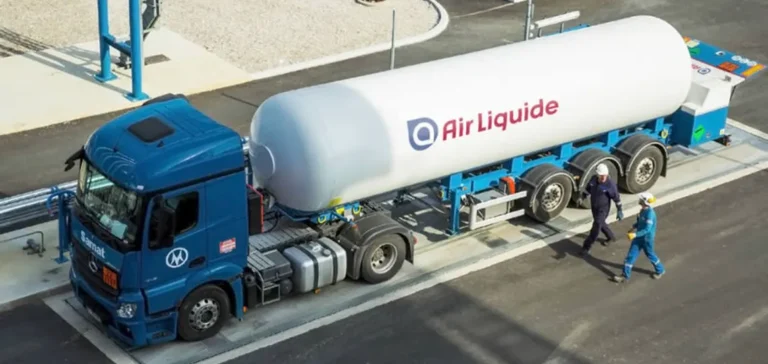Air Liquide has reached an agreement to acquire DIG Airgas, a South Korea-based company specialized in industrial gases. The transaction, valued at 4.6 trillion South Korean won, equivalent to €2.85 billion, is part of a strategy to reinforce its position in Asian markets. The deal was signed with Australian fund Macquarie, current owner of DIG Airgas.
This operation represents the largest acquisition by the French group since 2015, when it integrated the American company Airgas for 13.4 billion US dollars. It is expected to be finalized in the first half of 2026, subject to regulatory approvals.
A strategic market for Air Liquide
Air Liquide has been operating in South Korea for more than thirty years, supplying gases for industrial and medical use. The country is currently the fourth-largest global market for industrial gases, with growing demand from sectors such as electronics and advanced chemistry.
DIG Airgas was founded in 1979 and employs around 550 people. The company operates 60 production sites and a network of 220 kilometers of pipelines. In 2024, its revenue reached €510 million, according to figures provided by Air Liquide.
Financial and operational outlook
The integration of DIG Airgas is expected to have an accretive effect on the group’s net income starting the year following the finalization of the acquisition. No further details were disclosed regarding the expected synergies or the financing structure of the transaction.
The strengthening of Air Liquide’s presence in South Korea comes amid growing demand for industrial gases in the region. The deal allows the group to expand its industrial capacity while securing strategic assets in a market considered a driver for the evolution of several technological sectors.






















